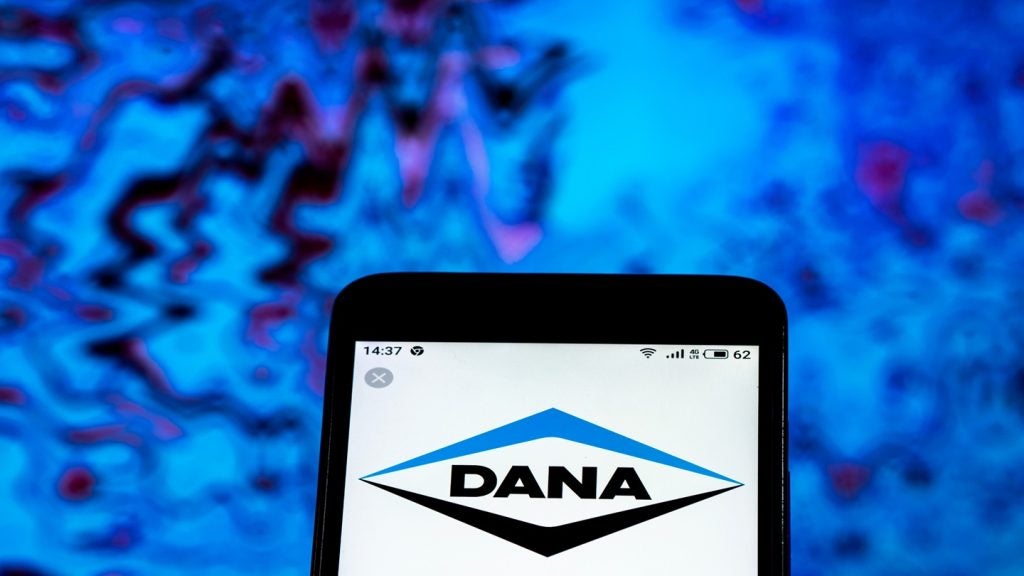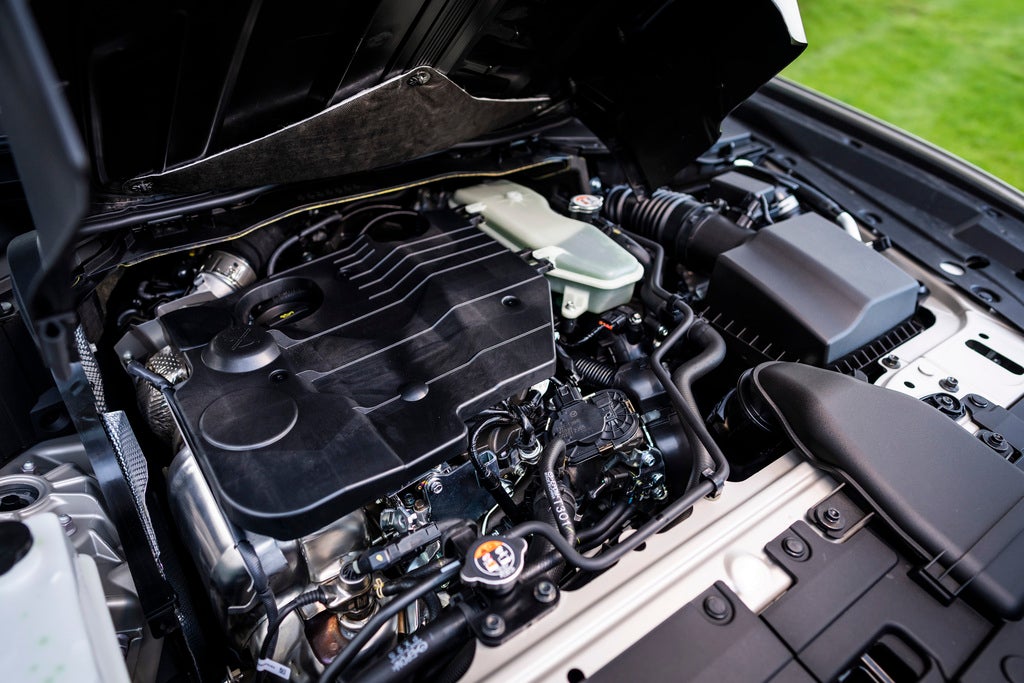Vehicle sales in South-east Asia’s top five markets combined declined by 9% in the first quarter of 2007 to 387,152 units, compared with 425,317 units in the previous year. Sales in the region’s two largest markets – Thailand and Malaysia – declined sharply following several years of strong growth, writes Tony Pugliese.
Singapore also saw demand begin to weaken, after record new registrations in previous years.
This weakness has come despite falling interest rates, made possible by a more stable price environment after last year’s above-normal inflation triggered by high fuel prices. Key vehicle markets had become saturated following strong sales volumes in previous years, while sentiment in Thailand was also affected by political uncertainty and separatist unrest in its southern provinces.
Indonesia’s recovery from the sharp decline in 2006 remains on track, even though first-quarter growth was impeded by widespread flooding in the Jakarta area in February. A strong rebound is expected in the second quarter, as delayed orders are fulfilled. The Philippines too is enjoying strong domestic consumption and here the vehicle market has also been lifted restrictions imposed on used vehicle imports.
The regional outlook for the second quarter is much better, with total sales likely to exceed 400,000 units. Indonesia’s performance is likely to improve significantly, with second-quarter volumes likely to exceed 95,000 units. Thailand will likely enjoy a bounce following the strong sales activity during last month’s Bangkok International Motor Show.
How well do you really know your competitors?
Access the most comprehensive Company Profiles on the market, powered by GlobalData. Save hours of research. Gain competitive edge.

Thank you!
Your download email will arrive shortly
Not ready to buy yet? Download a free sample
We are confident about the unique quality of our Company Profiles. However, we want you to make the most beneficial decision for your business, so we offer a free sample that you can download by submitting the below form
By GlobalDataThailand, the Association of South-East Asian Nation’s (ASEAN) largest vehicle market, saw sales decline by 18.7% in the first quarter as consumer and business sentiment continued to weaken. Economists are increasingly bearish about the country’s short-term growth outlook, with GDP growth forecasts typically around 4-5% for this year despite the recent interest rate cuts to 4%.
Political uncertainty following last year’s coup and separatist unrest in the South are the main reasons behind the lack of optimism. The recent slowdown in US economic growth is also beginning to weigh on sentiment.
The first quarter decline in the vehicle market was likely exaggerated by would-be buyers delaying purchases in anticipation of better deals to be had at the Bangkok International Motor Show, held at the end of March/early April. Most vehicle manufacturers are predicting a much stronger second quarter, with new model launches and promotional activity at the show translating into higher deliver volumes.
Passenger cars in particular are likely to fare better in the second quarter, following the launch of new models such as the best-selling Toyota Vios. But it remains to be seen whether this positive momentum can be maintained throughout the second half, particularly given the market saturation following record sales in the previous years.
Toyota has not yet revised its full-year 700,000-unit total market forecast it announced at the beginning of the year, but consumer and business sentiment has shown little sign of improvement so far. The unrest in the southern-most provinces continues unabated and the economic slowdown in the US is a further source of uncertainty.
Malaysia, the second-largest vehicle market in the ASEAN block, saw its automotive market deteriorate in the first quarter of 2007, with volumes declining by 15% year-on-year following several years of buoyant sales. Rising competition has ensured that consumer interest in the market has remained strong over the last few years, even though it has come mostly at the expense of Proton – the country’s first national automobile assembler.
With GDP growth widely forecast at around 5.6-5.8% in 2007, largely in line with 2006, the country’s economy environment remains stable to positive. Inflation fell to 3.1% in the first quarter from 4.8% a year earlier, paving the way for moderately lower interest rates this year to below 4%.
Slowing vehicle demand is more a result of market saturation rather than any fundamental weakness in the economy. The Malaysian Automotive Association is calling for government measures to help support the market, such as scrappage incentives to encourage further fleet renewal. The MAA views the current weak residual values as discouraging car replacements at present. The association is also calling on finance companies to relax lending criteria and offer longer lending terms to help boost sales.
The Indonesian vehicle market in the first quarter of 2007 rebounded from the sharp decline of 2006, as interest rates continued to be lowered since peaking at 12.0% mid last year. The latest cut by the Bank of Indonesia, of 0.25% to 8.75%, came in early May. Consumer purchasing power had weakened substantially as a result of the sharp rise in energy prices at the end of 2005 and the subsequent interest rate hikes, so the recent cuts come as welcome relief.
The recovery in the vehicle market this year has been held back by heavy flooding, which paralysed large areas of the capital in February and brought to a halt day-to-day business activity for two weeks. Sales volumes in the first quarter rose by 6.4% to 84,512 units, thanks in large part to a sharp jump in March, of 26% year-on-year and of 42% month-on-month.
Further interest rate cuts are forecast in the second half of the year, with the year-end rate expected to be 8.0%. New models such as the Daihatsu Terios and the Toyota Rush derivative will help underpin this recovery, as will new car models from Honda, Toyota and Suzuki. The market’s second-quarter performance should improve significantly in the second quarter, as outstanding orders are fulfilled. The industry is expecting sales to grow by at least 20% this year.
The Philippines vehicle market grew by 18.7% in the first quarter of 2007 to 26,201 units, helped by a strengthening domestic economy which triggered strong demand for commercial vehicles. GDP growth for the first quarter was 5.5%, below the government target of over 6.1-6.7% due to a slowdown in export growth. Domestic demand remained strong, helped by falling interest rates and increased government spending.
Passenger cars sales rose by 9.9% to 9,165 units during the quarter, helped by new models such as the new Toyota Camry and Honda Civic last year and intensive promotional activity overall. Commercial vehicle sales were helped by the newly-launched Toyota Avanza and strong sales of the Innova and Fortuner models, helping to lift the company’s overall market share to just under 40%. The imminent launch of the best-selling Vios model should help lift its share to over 40%.
The new vehicle market has been boosted by the implementation of restrictions on used vehicle imports, which has helped boost demand for new vehicles. Total sales are likely to rise by around 6-7% this year, with a weakening export sector and the potential for political unrest in May the main negatives.
Tony Pugliese
click table to enlarge |








